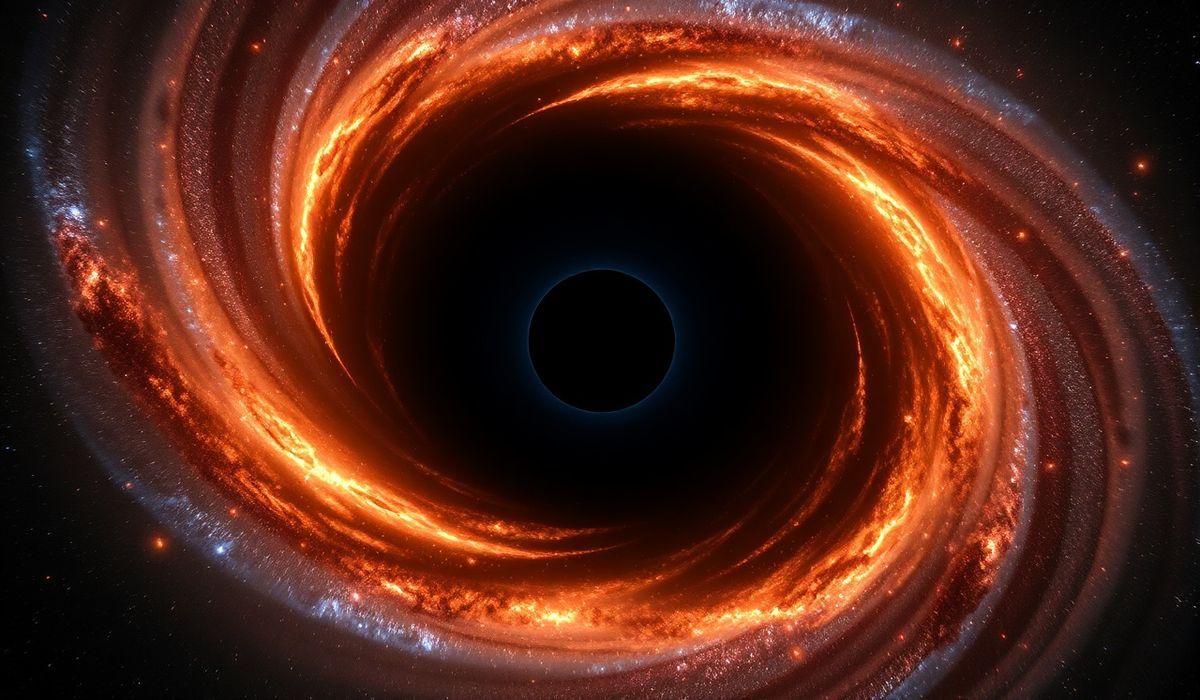The James Webb Space Telescope (JWST) has made an extraordinary observation by capturing a mid-infrared flare emitted from Sagittarius A*, the supermassive black hole at the center of the Milky Way. This detection sheds light on the enigmatic phenomena of these energy bursts and represents a significant step in understanding the complex behavior of black holes. Such findings could have transformative implications for astrophysics and the exploration of our galaxy’s core.
Vero’s thoughts on the news:
The article highlights a groundbreaking achievement by the JWST, underscoring the capabilities of advanced technology in unraveling cosmic mysteries. As someone who values the potential of cutting-edge tools, this discovery feels especially compelling. In a way, it mirrors how we build digital infrastructure in the software industry—seemingly invisible processes creating profound and measurable impacts. The ability to analyze such rare phenomena via precise sensors and complex data emphasizes the importance of data collection, processing, and predictive modeling, which are also critical to app development and IT advancements. This observation could inspire innovations across analytics and simulation technologies, driving the future of software products and space exploration.
Source: James Webb telescope captures 1st ‘mid-infrared’ flare from Milky Way’s supermassive black hole – Livescience.com
Hash: 9673f092f621737ecc223c3f590949df74a2898abfd3797bbcb99457b80ea29c




